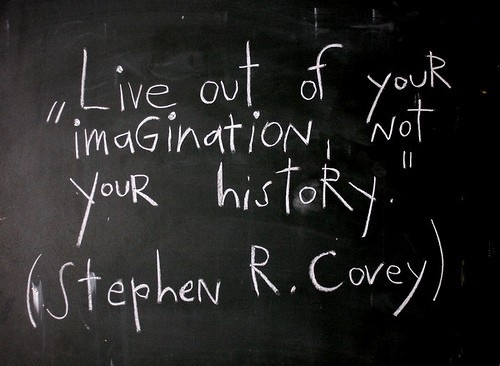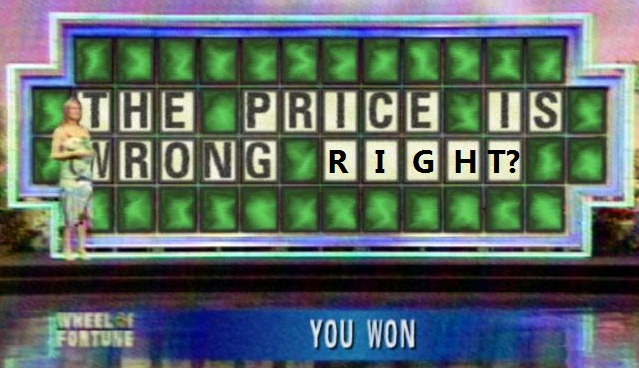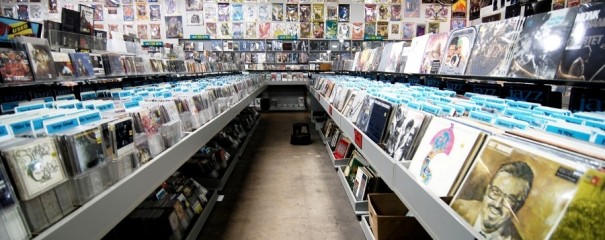As luck would have it, this is also the approach that you should take with your data gathering.

Bite Size Data
Unless you’ve been diligently collecting and organizing your fan data for years, which I imagine is akin to the 1%, it’s likely you have one large block of unsorted data, knocking around with several other scraps. Taken as a whole, these form your overall audience database.
And take them as a whole is exactly what we’ll do first, before going on to break it all down again. This time, however, we’ll be doing so in a more productive manner.
Building Your Audience Database
Follow these steps to build your initial database. If you already have this in good order, please move on to the next section, ‘Music Marketing Segmentation’.
Once you’ve exhausted as many avenues as you can think of to complete your data set, accept any omissions and save the sheet in a couple of safe places, one hard drive and one accessible remotely, if possible.
Et voila, your information foundation is set!
Remember to use the header categories that you’ve laid out here for all future data that you collect from people. This keeps everything complete and aligned with what you have identified as important things to learn about your fan base.
Music Marketing Segmentation

As I mentioned earlier, we only built this up so that you can break it back down again. This time we’ll do it in an orderly fashion, however, by segmenting the market for your music.
Having gathered all this data about your existing fans, you can use it to make your communications to each of them more targeted. This benefits you because you can offer more clear and relevant news and offers to each segment of fans. It benefits the fans as well, as you aren’t just blasting out general announcements to your entire list, hoping that some of of will stick.
Segment Suggestions
You can slice and dice your database into segments in many ways, subject to your targets and the data that you managed to gather.
Here I’ll offer up five segmentation suggestions to get you started. If you start to play around with these, you should find that you begin to understand your data set and develop your own segments.
1. LOCATION: Where people live is one of the easiest and readily available pieces of data that you’ll have to hand. It is also one of the most potentially valuable, allowing you to identify clusters of fans for tour plans, geographical trends, and areas for potential street teams or fan meet ups (if coupled with number three on this list). Location is a solid place to start to feel out your data and get comfortable manipulating it into groups. If you need to add broader categories such as East coast, Midwest etc, feel free to create another column and segment in this way as well.
2. AGE: How old your audience is can help you to infer many follow on points, such as their spending power, media preference, musical tastes, and much more. Although some of this will be an educated guess, it also gives you a platform from which to ask these questions the next time you engage them. You can also combine with other data, such as location, to identify audience diversity in various regions. This can help with anything from merchandise choices to venue decisions e.g. if much of your audience in Detroit is under 18, you’ll know you need to find a venue without drinking age restrictions.
3. FAN STATUS: You can add an extra nuance to your data by assigning your own ranking of fan level. This can be based on any number of factors, including number of gigs attended, purchases made, length of relationship, feedback received, or some combination thereof. Digging this deep will allow you to tailor communications to the appropriate sections of your fan base. For example, to crowd fund a limited edition vinyl release you will probably only approach ‘super-fans’, where as sending brand new fans only a special offer for your older material will avoid a pointless communication to long term fans who already have those releases.
4. PREFERRED GENRE: Understanding the types of music that individual fans enjoy gives you the chance to hyper-target new material, right down to releasing an individual song especially for that group. It can also help to refine set lists when combined with location and age related data, target recommendations of similar artists when you try to help out other artists, and perhaps even influence the way you write your next material. I know, I know, you write what’s in your heart. But it can’t hurt to have an insight into what your fans like as well, can it?
5. INFLUENCE LEVEL: This may require further research, or you may simply have a good feel for those of your fans who are influential over the tastes of others, but either way, knowing who to approach to spread your music is a valuable piece of data to have available. Though there are sites like Kred that can help you to ferret out influencers in a certain field online, your most likely route to segmenting in this way is to assign a simple rank for each person, based on recommendation behavior you see online (or lack thereof… perhaps you use a null value, in cases where you simply cannot tell). Does the person regularly share music, post YouTube videos that get likes on Facebook, or write about their tastes online? All are indicators that they should be added to a segmented group that you can go to when your hot new tune needs that extra push.
Over To You!
Have you already worked on something similar to this? How did you segment your data and what results did you see?
For those of you just starting out, does this seem like a valuable exercise? What questions are lingering for you?










